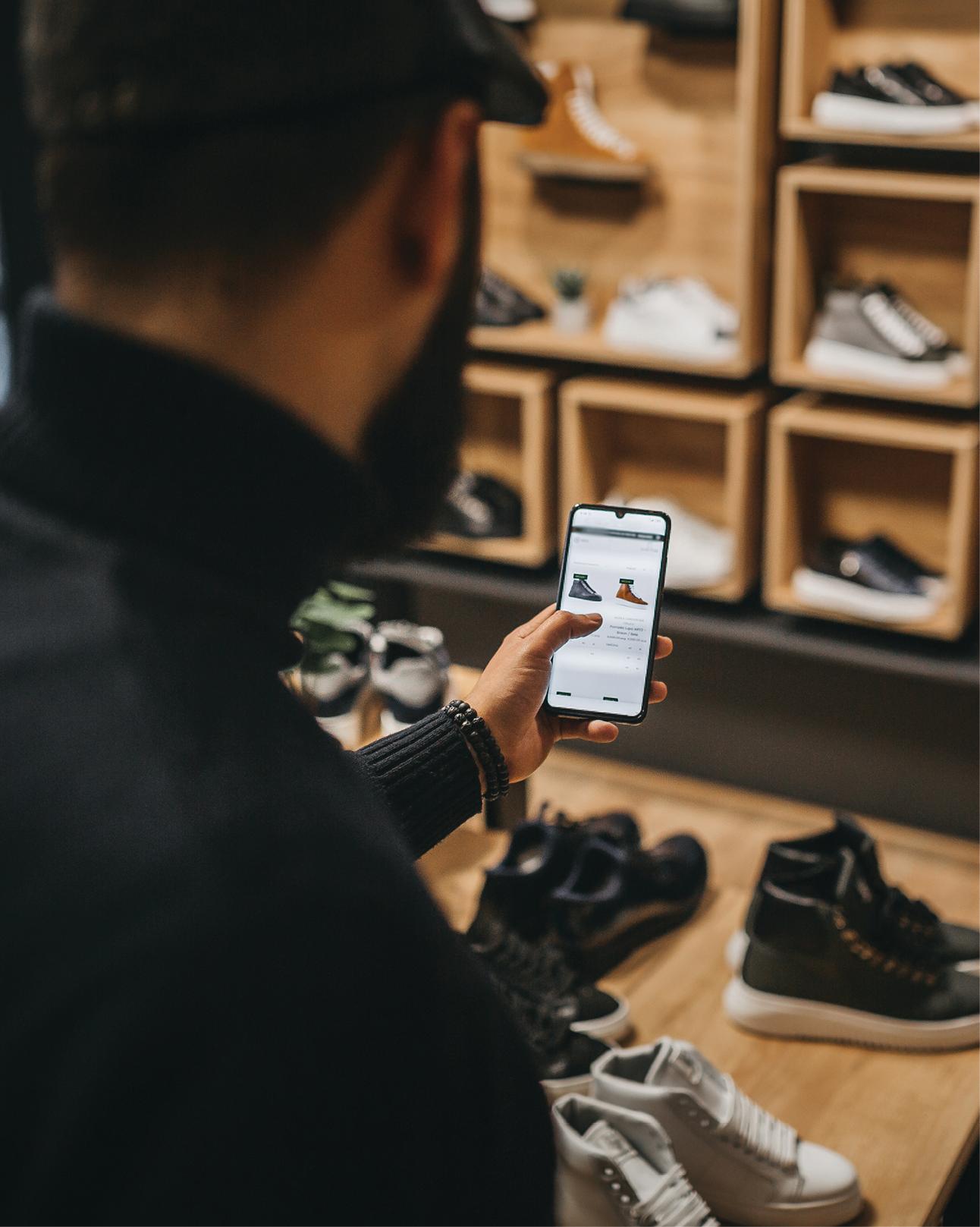Home
Python Debugging Handbook
Barnes and Noble
Loading Inventory...
Python Debugging Handbook in Franklin, TN
Current price: $19.95

Barnes and Noble
Python Debugging Handbook in Franklin, TN
Current price: $19.95
Loading Inventory...
Size: OS
This book is a systematic plan to debug your programs. The focus is not on the Python language, although Chapter 3 does cover the basics. Instead, my focus is always on debugging. If you're new to Python debugging, I think this book is a good starting point. Experienced Python programmers might want to review the table of contents to see if there's anything special that catches their interest. The sample code demonstrates lists, tuples, loops, or classes, but in the simplest form I could imagine. Chapters 1-2 outline how to set up your Python debugging environment, and establish a debugging plan as you write your code. 1. Work on small chunks of code, test, and then move on to the next piece.
2. Keep multiple backup versions of your files.
3. Have a clear idea of what you want your program to do.
4. Use small data file samples that you know have clean data to develop your code. When you've tested your code and are confident there are no bugs, use live data connections or real data files.
5. Keep notes of where you stopped programming and the next steps.
6. Divide and concur. Divide the code in half and test each half to see which half has the error. Repeat to drill down to the location with the error.
7. When debugging, keep a record of experiments, so you know what you've already tried. Chapter 4 has simple suggestions for debugging your code, with specific examples of the code and results. Even if you've never seen Spyder or Python before, at the end of this chapter, I hope you'll feel confident debugging most of the issues you'll encounter. Chapter 5 briefly looks at the types of errors you may encounter, and then in Chapter 6, you can try out your debugging knowledge. Chapter 7 is chock full of examples. Finally, the Appendix-Reference chapter includes links to the Python.org docs and the iPython.readthedocs websites for more detailed information.
2. Keep multiple backup versions of your files.
3. Have a clear idea of what you want your program to do.
4. Use small data file samples that you know have clean data to develop your code. When you've tested your code and are confident there are no bugs, use live data connections or real data files.
5. Keep notes of where you stopped programming and the next steps.
6. Divide and concur. Divide the code in half and test each half to see which half has the error. Repeat to drill down to the location with the error.
7. When debugging, keep a record of experiments, so you know what you've already tried. Chapter 4 has simple suggestions for debugging your code, with specific examples of the code and results. Even if you've never seen Spyder or Python before, at the end of this chapter, I hope you'll feel confident debugging most of the issues you'll encounter. Chapter 5 briefly looks at the types of errors you may encounter, and then in Chapter 6, you can try out your debugging knowledge. Chapter 7 is chock full of examples. Finally, the Appendix-Reference chapter includes links to the Python.org docs and the iPython.readthedocs websites for more detailed information.
This book is a systematic plan to debug your programs. The focus is not on the Python language, although Chapter 3 does cover the basics. Instead, my focus is always on debugging. If you're new to Python debugging, I think this book is a good starting point. Experienced Python programmers might want to review the table of contents to see if there's anything special that catches their interest. The sample code demonstrates lists, tuples, loops, or classes, but in the simplest form I could imagine. Chapters 1-2 outline how to set up your Python debugging environment, and establish a debugging plan as you write your code. 1. Work on small chunks of code, test, and then move on to the next piece.
2. Keep multiple backup versions of your files.
3. Have a clear idea of what you want your program to do.
4. Use small data file samples that you know have clean data to develop your code. When you've tested your code and are confident there are no bugs, use live data connections or real data files.
5. Keep notes of where you stopped programming and the next steps.
6. Divide and concur. Divide the code in half and test each half to see which half has the error. Repeat to drill down to the location with the error.
7. When debugging, keep a record of experiments, so you know what you've already tried. Chapter 4 has simple suggestions for debugging your code, with specific examples of the code and results. Even if you've never seen Spyder or Python before, at the end of this chapter, I hope you'll feel confident debugging most of the issues you'll encounter. Chapter 5 briefly looks at the types of errors you may encounter, and then in Chapter 6, you can try out your debugging knowledge. Chapter 7 is chock full of examples. Finally, the Appendix-Reference chapter includes links to the Python.org docs and the iPython.readthedocs websites for more detailed information.
2. Keep multiple backup versions of your files.
3. Have a clear idea of what you want your program to do.
4. Use small data file samples that you know have clean data to develop your code. When you've tested your code and are confident there are no bugs, use live data connections or real data files.
5. Keep notes of where you stopped programming and the next steps.
6. Divide and concur. Divide the code in half and test each half to see which half has the error. Repeat to drill down to the location with the error.
7. When debugging, keep a record of experiments, so you know what you've already tried. Chapter 4 has simple suggestions for debugging your code, with specific examples of the code and results. Even if you've never seen Spyder or Python before, at the end of this chapter, I hope you'll feel confident debugging most of the issues you'll encounter. Chapter 5 briefly looks at the types of errors you may encounter, and then in Chapter 6, you can try out your debugging knowledge. Chapter 7 is chock full of examples. Finally, the Appendix-Reference chapter includes links to the Python.org docs and the iPython.readthedocs websites for more detailed information.

















